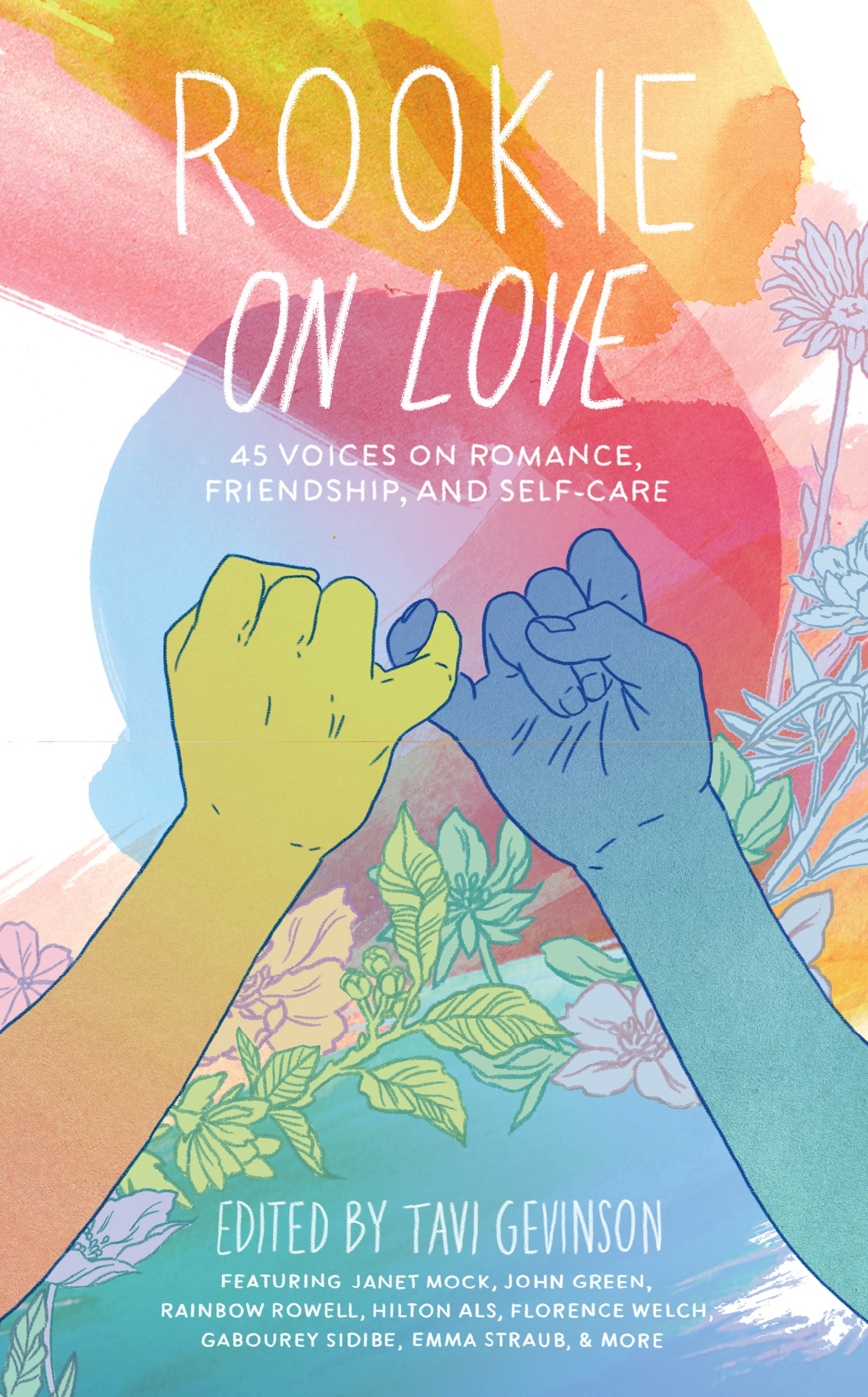Inspiring Young Readers
 posted on 31 Jan 2018
posted on 31 Jan 2018
Rookie on Love edited by Tavi Gevinson
This unusual anthology is part of a publishing project that has the admirable premise of creating a range of reading material for thoughtful and intelligent teenagers – although in truth it probably has plenty of crossover potential in terms of an adult audience too.
The idea for this evolved from the very successful ‘Rookie’ online magazine founded in 2011 by this editor when she was only 15, along with four ‘Rookie Yearbooks’ which were published as hard copy anthologies. The fascinating introduction explains that the overall aim of the ‘Rookie’ project is to both include and encourage writing from teenage contributors alongside more experienced writers, artists, activists and musicians. This anthology is the first in an experimental series that focuses on a single theme that might inspire a wide range of writing. The subject of ‘Love’ would seem to be a fertile, tried-and-tested one that would result in all kinds of interesting pieces of writing but Gevinson explains that she wrestled with how to organise the contributions because they were so broad and varied.
The result is what is described as ‘45 voices on romance, friendship and self-care’ , and as with all anthologies it is a book to be dipped into rather than read from cover to cover. This is the approach I took and so have selected a few random pieces that took my fancy.
Binary Planets by Ogechi Egonu and Ugochi Egonu, illustrated by Elly Malone alternates between the two voices of identical twins who have a strong emotional bond that never wavers despite their emerging personalities and interests. They write about their very different perspectives on some key moments in their lives like getting their first period at the age of twelve and dealing with their brother’s serious illness. I was curious to know how much these writers had collaborated on the piece or whether they wrote each section separately under common headings and then sewed it all together seamlessly at the end.
Whammo! By Esme Blegvad is one of several pieces written in comic book format with limited written text but bold expressive graphics. The link to the subject of love is rather tenuous as she describes that the feeling of heartbreak is like a recurring nightmare where she hurtles from a high building. The rush of energy and violent emotion is impressive as she realises that she has really fallen from her chair during a maths lesson and everyone is laughing at her. Even in this short piece I could share the pain of her embarrassment.
Book Love by Emma Straub appealed to me for obvious reasons. I really liked the way in which she pretty much dismissed personal relationships in favour of ‘ the unadorned words on a piece of paper that let me slip inside other voices and lives …’ She describes how several different books have shaped her own writing and have been important at different stages of her life. Her short piece also had a happy ending as she and her husband are about to open a bookstore and she provides her top five recommended books at the end. This one worked for me because it felt like a light magazine piece rather than being over –intense and philosophical , which put me off reading some of the longer contributions.
I selected From Spark to Bonfire by Marlo Thomas because the opening lines mention a scene from the play ‘Children of a Lesser God’ where the teacher is trying to describe what music is to one of his deaf students with great difficulty. Describing love is just as tricky and this turns out to be quite a wise piece about the need to find love in shared values in a community and to recognise and nurture things that make an individual flourish in terms of talent – in her case it was acting.
Radiance by Maria Popova was a comfortable read for me because I know this author and like her writing style. I was immediately enthralled by the atmosphere of a lonely farm where two women are walking together in the starless night. One has her newborn son strapped to her chest and the other ‘the heartache of a longtime relationship that had just ended’. Despite their different emotions they are bound together by the extraordinary sight of thousands of glowworms flickering in the darkness. This is a beautifully written piece about the need to cherish glimpses of light in difficult times ‘to never cease being a creature of radiance, even in your darkest hour’.
As I browsed through this densely packed book I realised that I was looking for cultural references that I could tune into without too much effort. At first this made me feel rather guilty because, after all, I might be missing something. Then I remembered that this is exactly what an anthology is designed for and as long as a reader can find a few pieces to settle on at any one time, then it was doing its job. And I might return to it another time, in a different mood and make an entirely different selection of course.
My main impression was that this interesting and eclectic mix of stories, poems, essays, interviews and dramatic dialogue was rather too much for one volume. I was reading a proof copy that suggested that there might be changes to the design, artwork, page length and format and I wonder whether a larger and slimmer format might work better and be more welcoming for young people used to reading their material on screens?
Karen Argent
January 2018